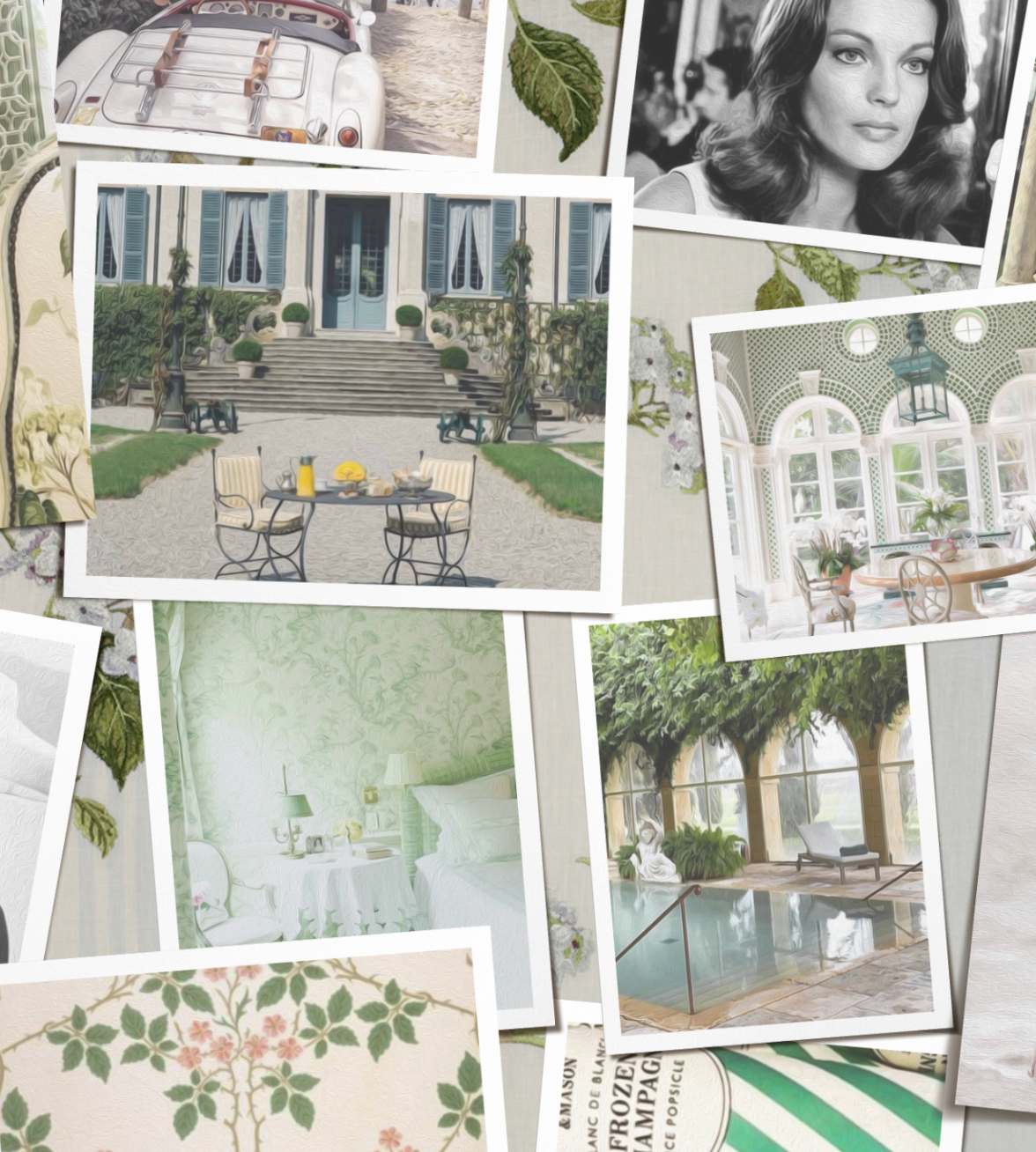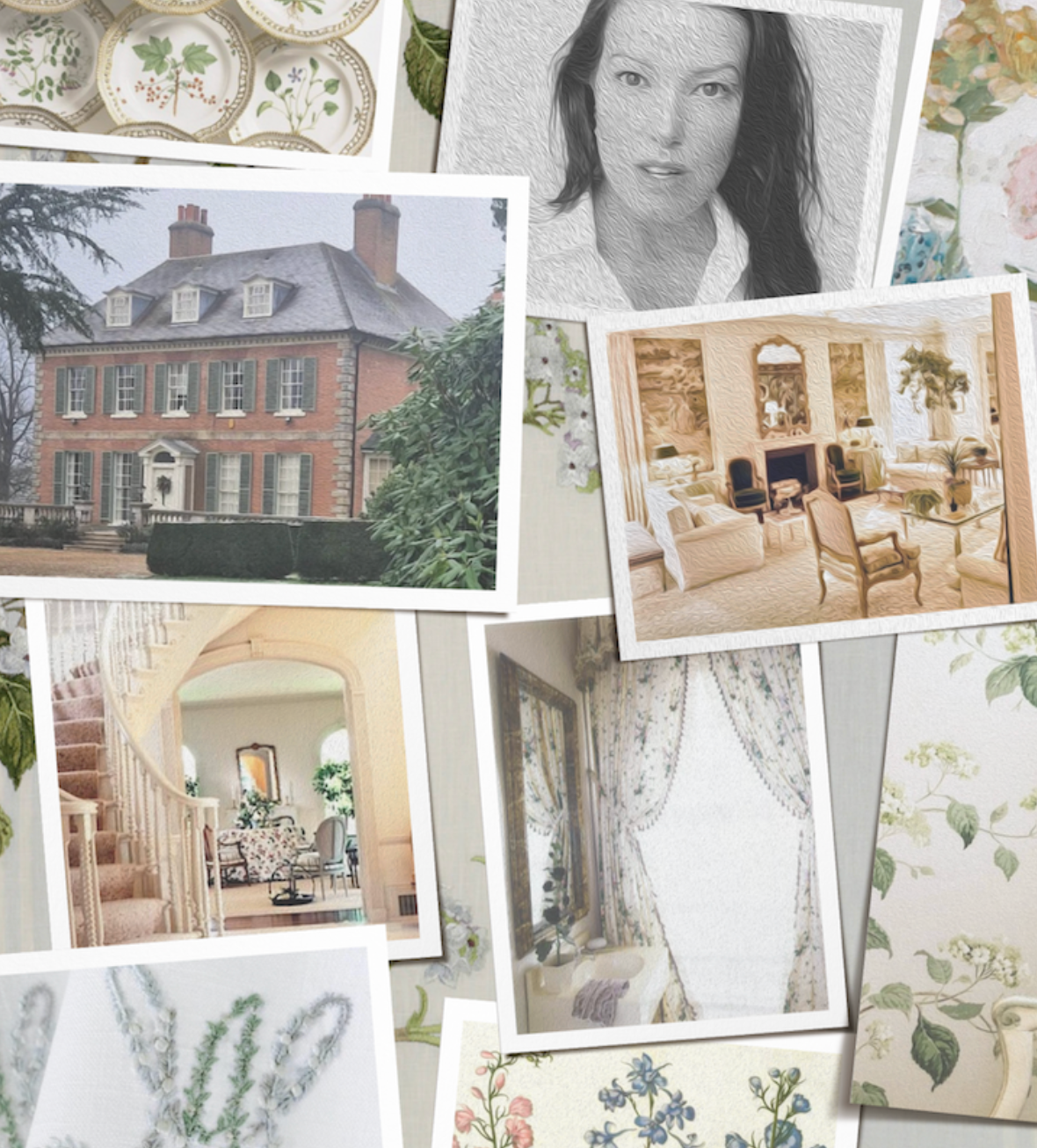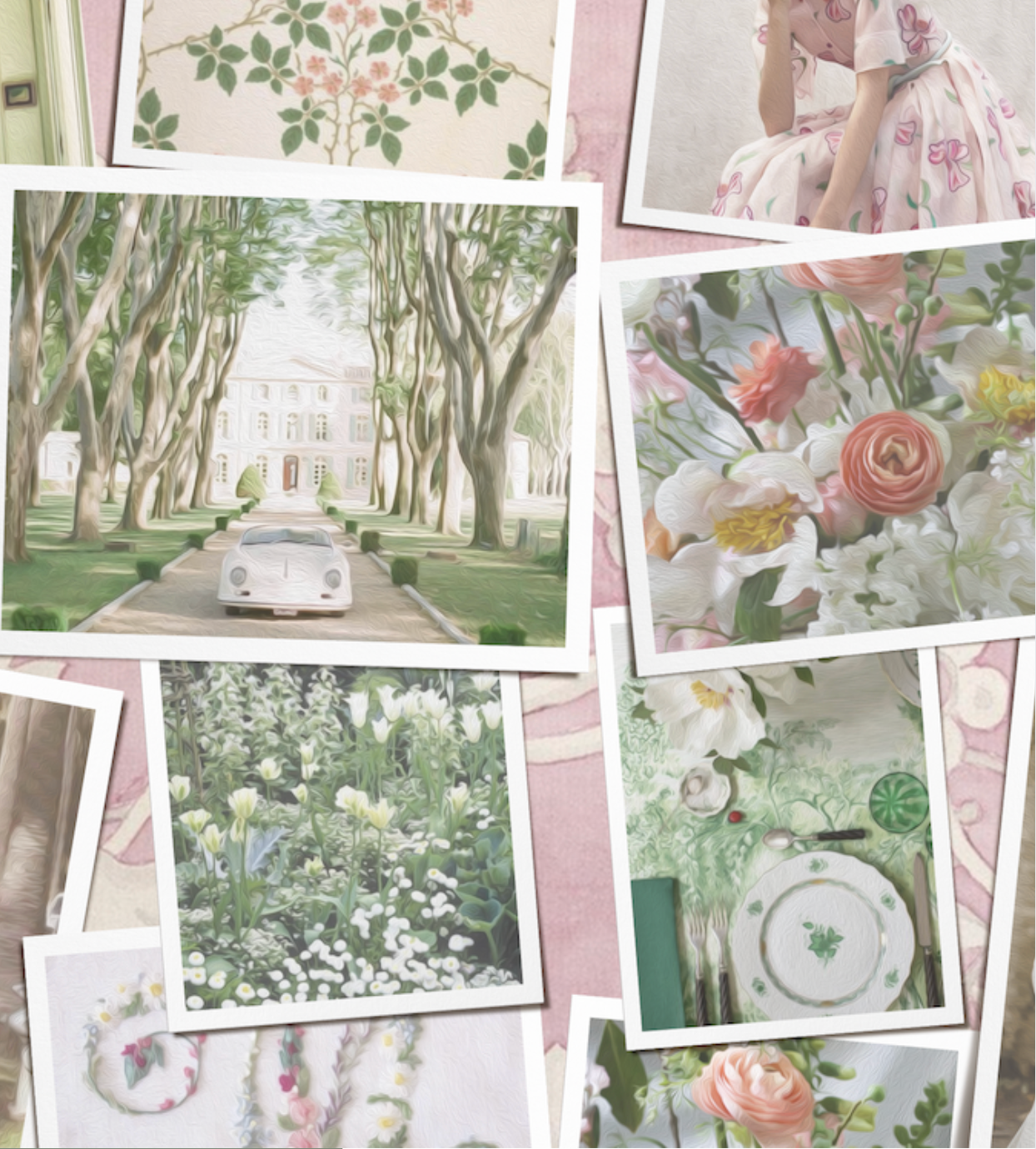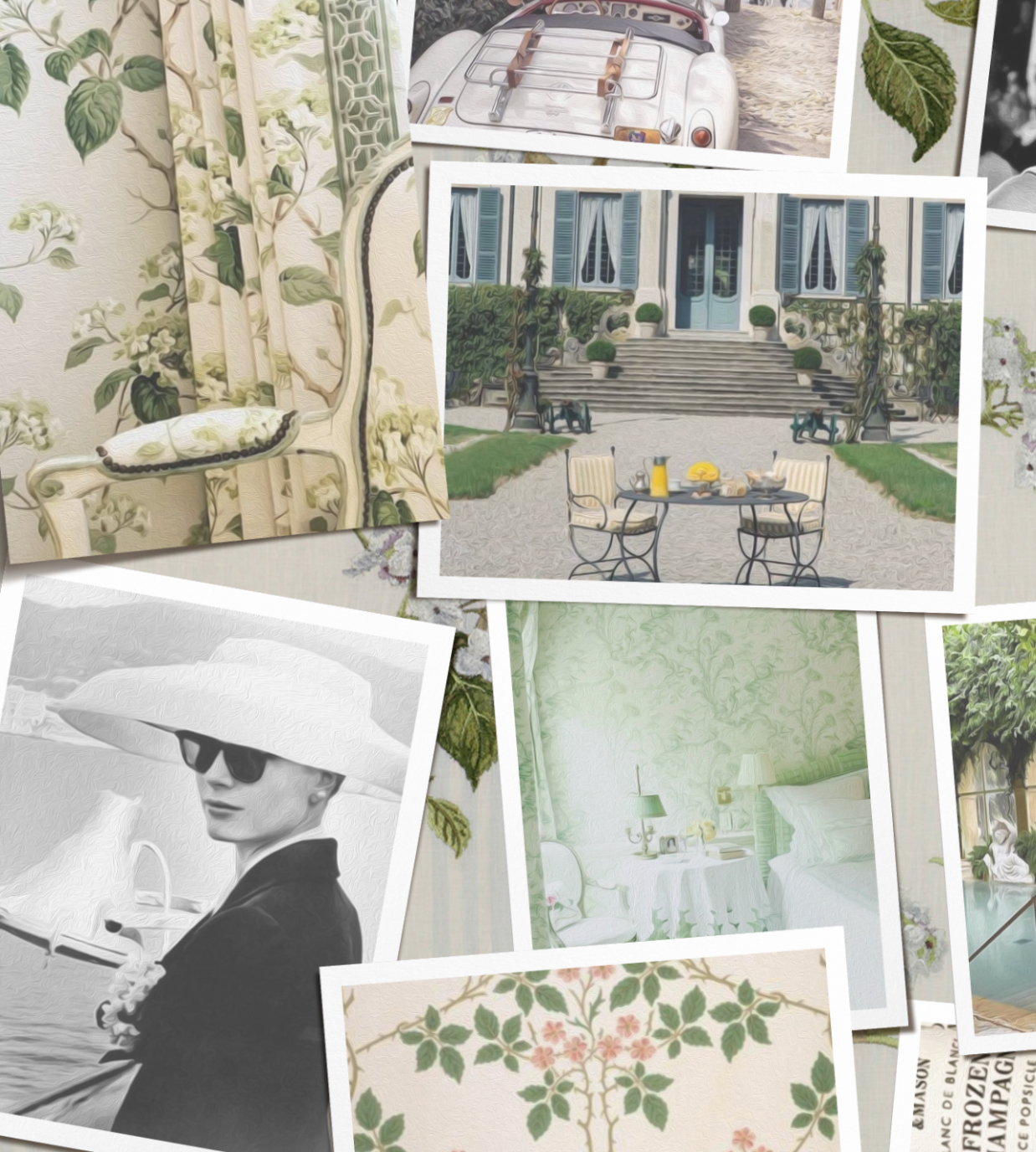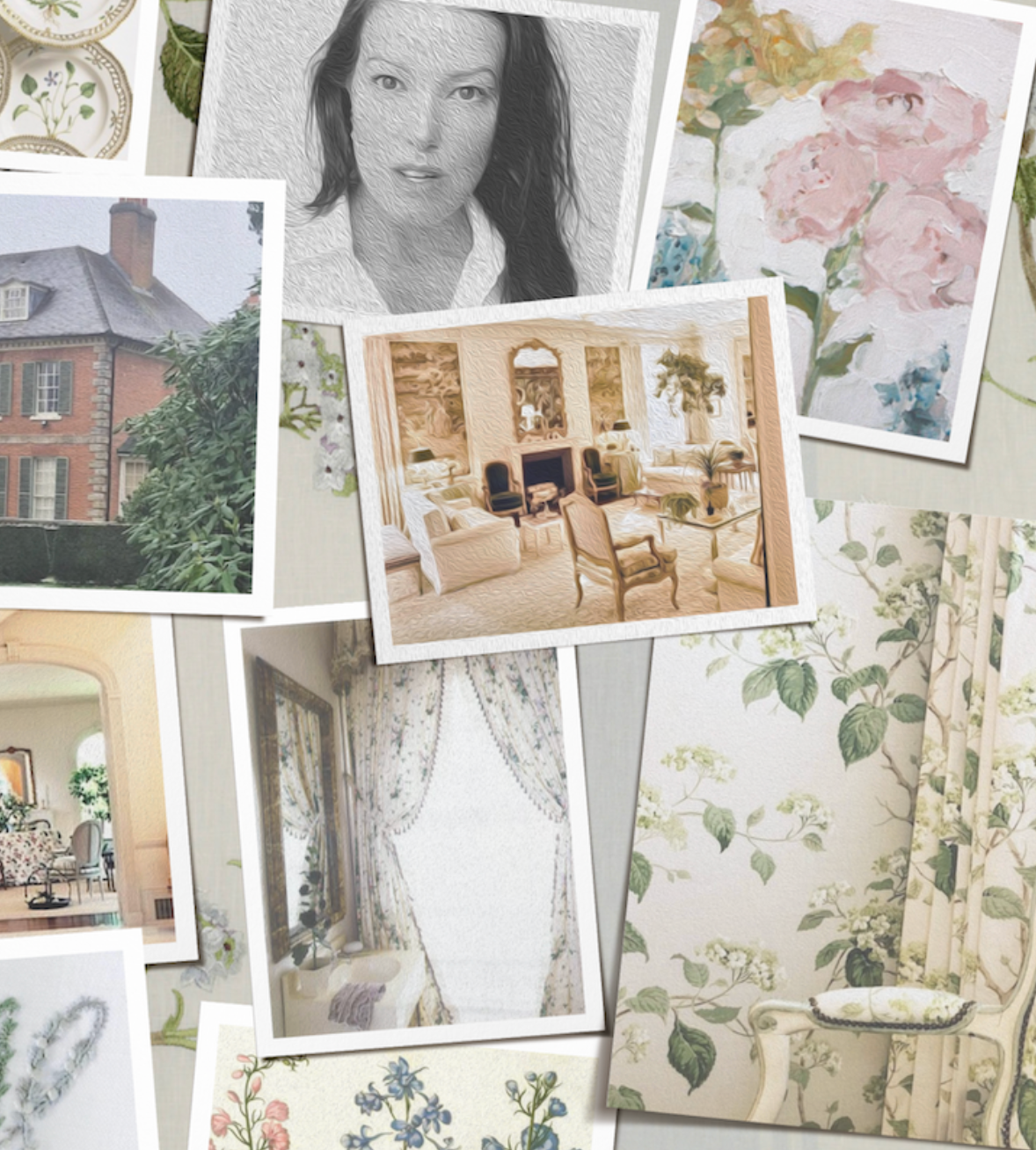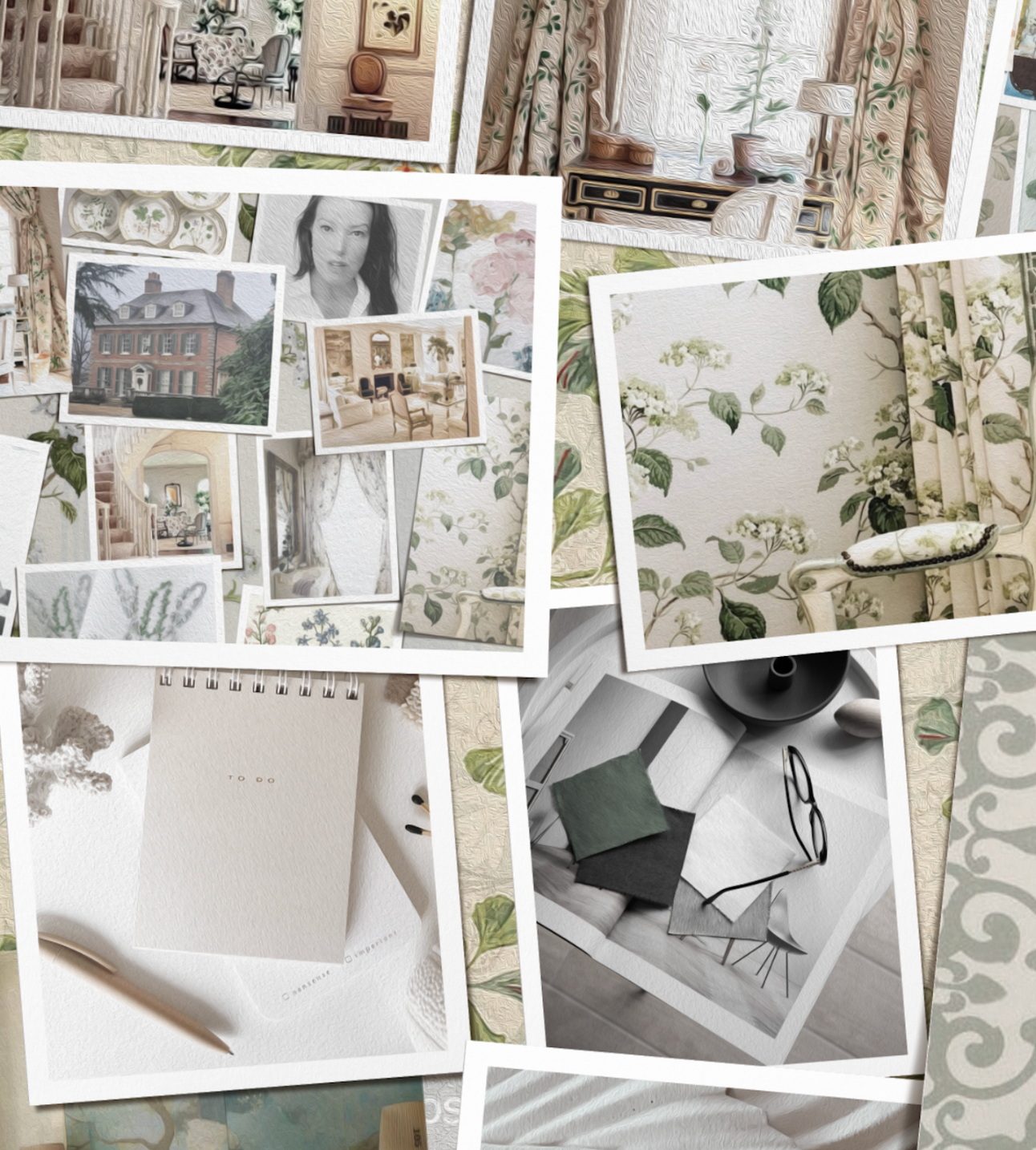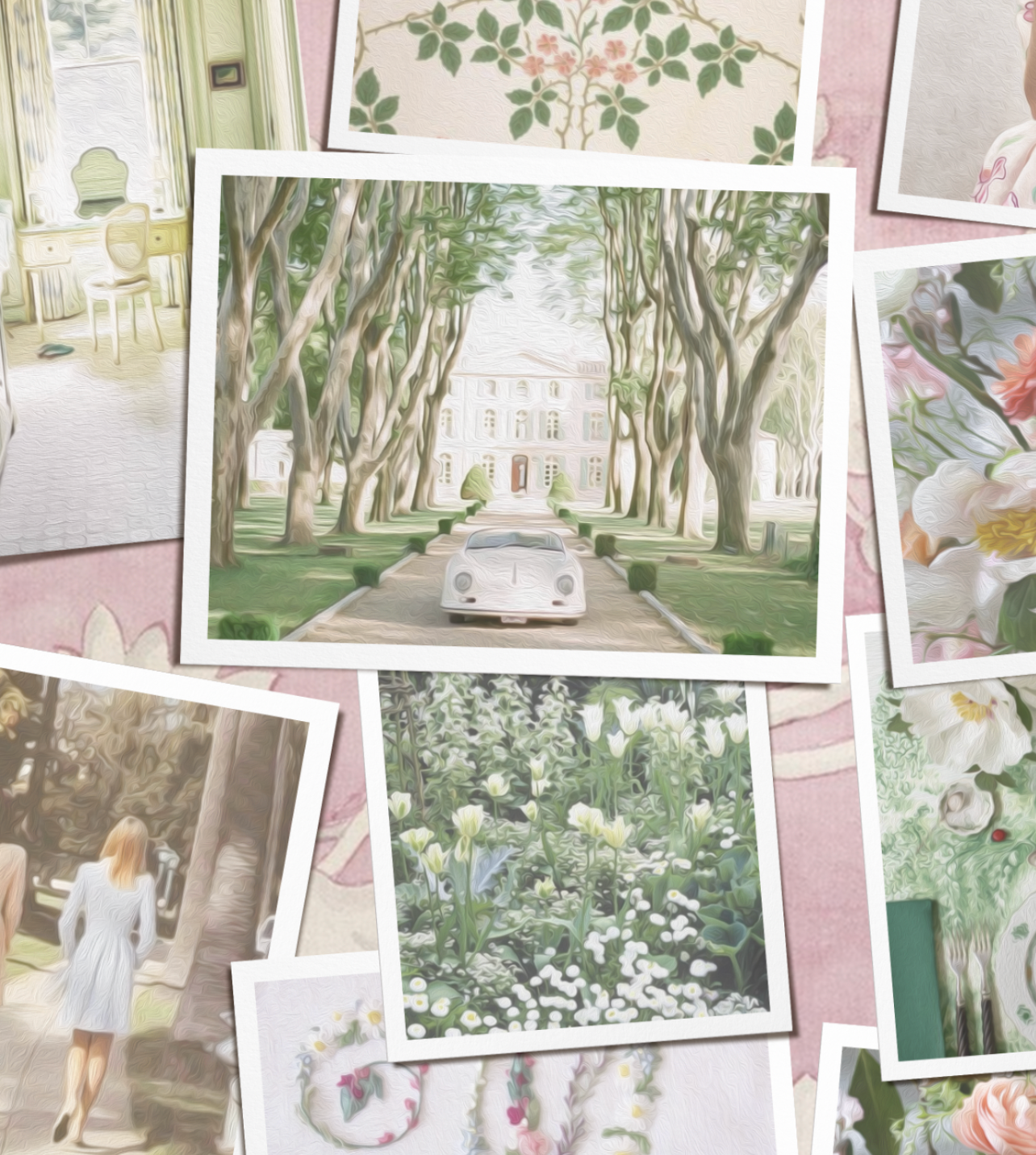How to Create a Cottage Garden in Your Backyard
A romantic garden style that feels both wild and tender, rooted in history, yet alive with personal charm
Today we will explore the enduring allure of the cottage garden, that gentle jumble of heirloom flowers, herbs, and climbing vines that spills with life and poetry. It is a style born of England’s countryside but beloved across the world for its softness, whimsy, and invitation to linger.
If you’ve ever longed for a garden that feels like a novel you never want to end, this is the one.

What Is a Cottage Garden?
A cottage garden is the opposite of perfection. Instead of rigid lines and pristine borders, it brims with abundance—layered blooms, fragrant herbs, and unexpected combinations. It is the garden of Beatrix Potter and Vita Sackville-West, of Bunny Mellon’s clipped form softened by life.
Its beauty lies in its generosity.
Expect:
-
Mixed plantings with little separation
-
Old-fashioned flowers and self-seeders
-
Paths softened by greenery
-
Trellises, arbors, and climbing roses
-
A sense that something is always blooming, always beckoning
Planning Your Cottage Garden
You don’t need a grand estate. You simply need a sunny patch, good soil, and a bit of whimsy.
Start with:
-
A soft layout: Avoid symmetry. Use curves, irregular beds, and paths that invite wandering.
-
Layered plantings: Combine tall, medium, and low-growing flowers together. Let them mingle.
-
An anchor: Every cottage garden needs a focal point—a bench, a statue, a gate, or even a rose-covered arch.
Add structures for romance: trellises, obelisks, or pea gravel paths that crunch underfoot.
Flowers That Belong in a Cottage Garden
The heart of a cottage garden lies in its heirloom varieties—flowers with history, scent, and a touch of nostalgia.
Consider:
-
Delphinium and foxglove
-
Peonies and hollyhocks
-
Climbing roses and sweet peas
-
Lavender and lady’s mantle
-
Poppies, phlox, cosmos, and dianthus
-
Herbs like thyme, mint, and chamomile nestled between the blooms
Let some go to seed. Let some flop. Allow room for bees and butterflies. This is not a garden to control but one to tend with affection.
Tips from My Garden Notes
Over the years, a few quiet lessons have returned each season:
-
Group in odd numbers for a natural look
-
Soften edges with trailing plants like nepeta or sweet alyssum
-
Choose varieties that bloom in waves, ensuring color from early spring through late fall
-
Intersperse with edibles like strawberries or chives for charm and use
-
Don’t overthink—a cottage garden thrives on imperfection and character
It is a living canvas, always evolving. And therein lies the magic.
Reminders
-
Start small—a single bed or path can become your whole world
-
Plant what you love, not what is fashionable
-
Welcome the wild—a little disorder is the soul of a cottage garden
-
Think vertically—add climbing vines to draw the eye upward
-
Add a place to pause: a bench, a chair, a tucked-away nook
I am grateful for today
-
The morning dew on budding lavender
-
A robin watching from the old iron gate
-
The sound of bees finding the first blooms of the season
From Our House to Yours,
Mrs. Mayfair

